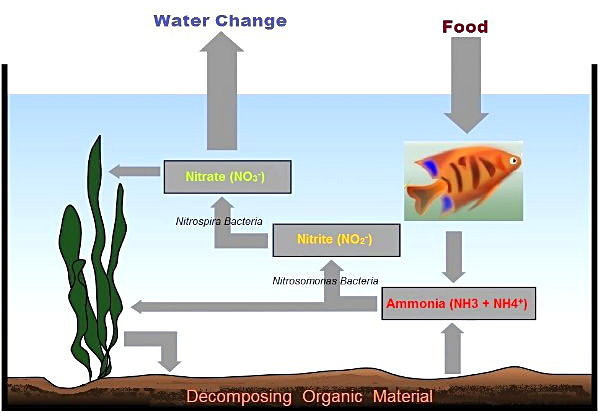Hello everyone,
After a bit of research I have decided that i'd like to start my own aquarium and have spent doing quite a bit of reading the past week about how to set up a tank, care for fish and what species of fish go together etc.
I have narrowed my choices for my first two species of fish down to guppies, sword tails, mollies and platies. The tank I am going to be purchasing is 100 litres deep. What do you all think would be the best 2 species to start with and how many should I get? I'd appreciate all the advice I can get.
After a bit of research I have decided that i'd like to start my own aquarium and have spent doing quite a bit of reading the past week about how to set up a tank, care for fish and what species of fish go together etc.
I have narrowed my choices for my first two species of fish down to guppies, sword tails, mollies and platies. The tank I am going to be purchasing is 100 litres deep. What do you all think would be the best 2 species to start with and how many should I get? I'd appreciate all the advice I can get.





